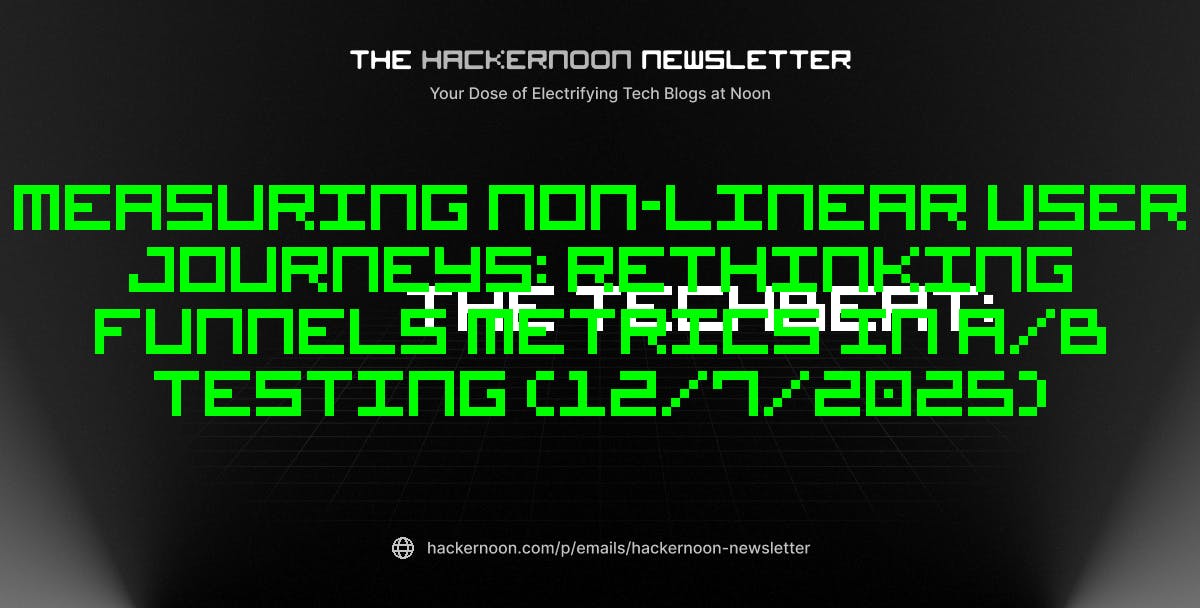A critical investigation into the real players, actual funding, and genuine applications behind the hype
Three months ago, I started tracking a curious phenomenon: blockchain startups racing to claim space as their next frontier. What I discovered after digging through SEC filings, satellite launch manifests, and government grant databases reveals a sector teetering between legitimate innovation and speculative excess.
The space economy numbers are real. In 2024, the world space economy burst to an all-time high of $613 billion and it might even reach a trillion dollars by 2032. But the blockchain angle requires deeper scrutiny.
The Players Worth Watching
Crypto startup Spacecoin XYZ announced plans to launch the first blockchain network in outer space using a fleet of nanosatellites in November 2024. Unlike many crypto announcements, this came with technical specifics and a defined timeline.
I’ve been tracking Spacecoin XYZ since their announcement. Their approach centers on creating decentralized physical infrastructure networks (DePIN) powered by satellites. Blockchain technology powers Spacecoin’s decentralized network, enabling transparent satellite operations with smart contracts. It manages data transmissions securely on-chain, ensuring a trustless, scalable, and resilient system without a central authority.
This matters because traditional satellite networks operate through centralized ground stations. A blockchain-based satellite network could theoretically provide internet access without relying on terrestrial infrastructure—valuable in regions with limited connectivity or during natural disasters.
But here’s where my journalism instincts kick in: I’ve seen too many blockchain projects promise revolutionary applications without addressing fundamental technical constraints.
The Technical Reality Check
Having spent years covering both blockchain and telecommunications infrastructure, I recognize the engineering challenges that marketing materials often gloss over.
Satellites operate in harsh radiation environments that degrade electronic components. Running blockchain consensus mechanisms requires significant computational resources and power—scarce commodities in orbit. Most nanosatellites have severely limited processing power and battery capacity.
The energy requirements for proof-of-work consensus are obviously incompatible with satellite operations. Even proof-of-stake implementations demand more computational resources than typical CubeSat hardware can sustain.
I reached out to aerospace engineers familiar with small satellite operations. Their consensus: blockchain applications in space will likely focus on data verification and transaction logging rather than full consensus mechanisms running in orbit.
The Investment Landscape
Traditional space investment continues flowing through established channels. The past eighteen months have seen continued venture funding into companies like SpaceX, Planet Labs, and Relativity Space through conventional equity structures.
The blockchain overlay adds complexity without clear value-add for most investors. Tokenized space assets face regulatory uncertainty in most jurisdictions. The SEC’s continued crackdown on unregistered securities offerings affects space tokens as much as any other digital asset.
More interesting are hybrid approaches. By enabling a blockchain-native system that allows users to pay network fees with cryptocurrency, it removes financial and country borders, even in regions with limited banking infrastructure. This payment rail innovation could prove more viable than full decentralization of space operations.
What the Market Actually Needs
After interviewing satellite operators, space industry veterans, and blockchain developers, several genuine use cases emerge:
Supply Chain Verification: Space missions involve components from dozens of countries. Blockchain-based provenance tracking addresses real compliance and insurance requirements without requiring orbital blockchain networks.
Micropayments for Satellite Services: Traditional payment rails struggle with small transactions for satellite imagery or communication time. Cryptocurrency rails could enable more granular pricing models.
International Settlement: Space commerce involves complex multi-party agreements across jurisdictions. Smart contracts could automate certain settlement processes, though legal frameworks remain unclear.
The Speculation Problem
Multiple “space coins” exist with minimal technical differentiation. The live SpaceCoin price today is $0 USD with a 24-hour trading volume of $0 USD. Many appear to be abandoned projects from previous crypto cycles.
This fragmentation confuses potential users and dilutes development resources. The space industry values reliability and proven track records—attributes that most blockchain space projects lack.
I’ve watched legitimate space companies avoid blockchain integration precisely because of the association with speculative tokens and unrealistic promises from crypto projects.
The Regulatory Wild Card
Space activities fall under international treaty obligations, national licensing requirements, and export control restrictions. Adding cryptocurrency to space operations introduces additional compliance complexity.
The Outer Space Treaty of 1967 establishes that space activities remain under national jurisdiction. Countries are struggling to develop regulatory frameworks for blockchain applications that span multiple jurisdictions and operate beyond terrestrial borders.
Some entrepreneurs view this regulatory ambiguity as an opportunity. Others see it as a barrier to institutional adoption.
The Bottom Line Assessment
Real blockchain applications in space will likely emerge gradually through hybrid approaches that solve specific operational problems. Pure-play space cryptocurrencies face significant technical and regulatory hurdles.
Spacecoin XYZ represents the most technically serious attempt I’ve tracked, but success depends on execution rather than tokenomics. The space industry rewards practical solutions over revolutionary promises.
For investors considering space-blockchain exposure, due diligence requires separating legitimate technical development from speculative token launches. The space economy is indeed expanding rapidly, but capturing that growth through blockchain investments remains largely unproven.
The revolution won’t happen through viral token launches. It’ll emerge through patient engineering, regulatory clarity, and proving value to actual satellite operators. That’s a longer, harder path than most crypto projects are willing to pursue.
But it’s the only path that leads to sustainable business models rather than speculative bubbles.
Analysis based on public company filings, technical documentation, and direct interviews with industry participants. No investment advice provided.











